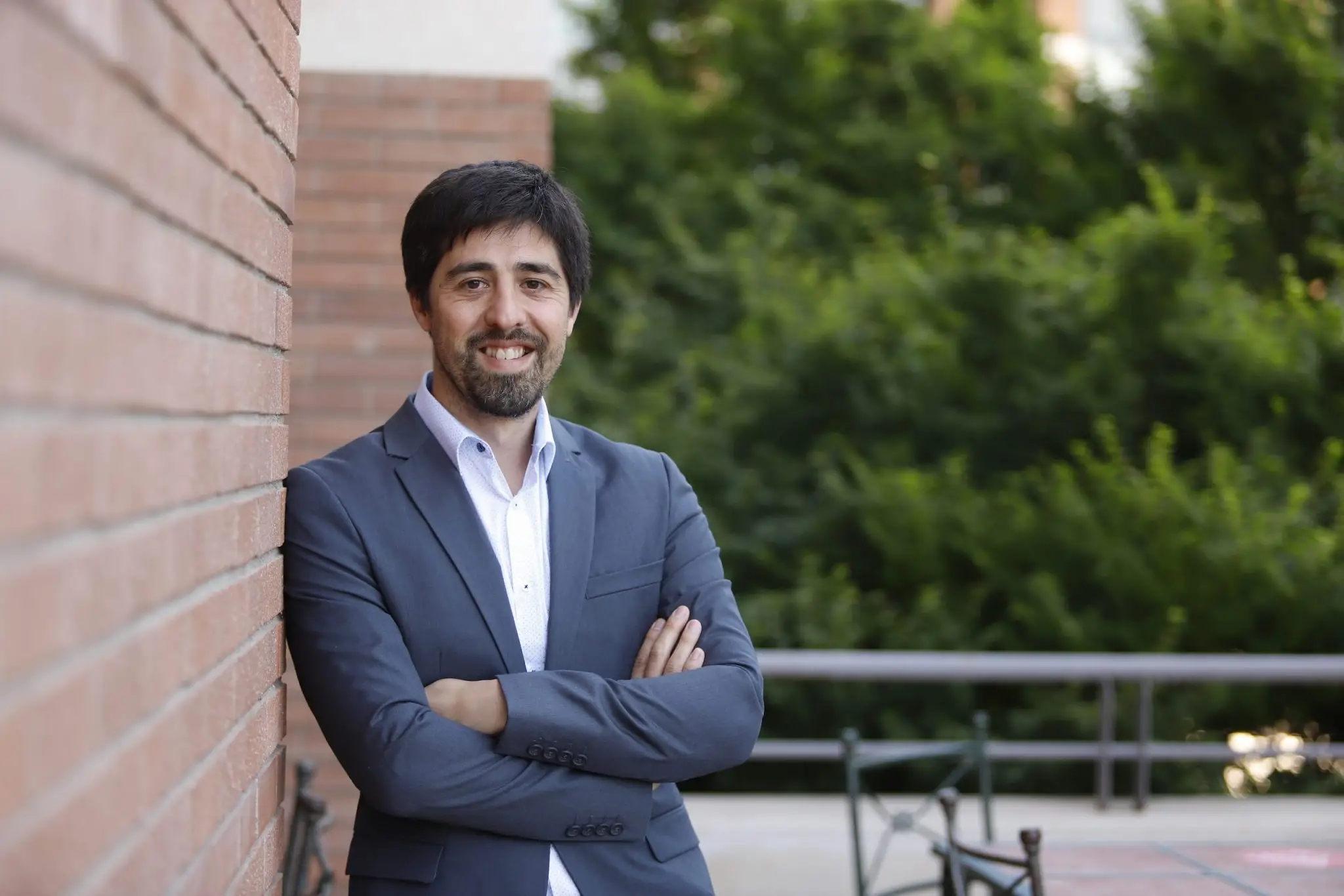Gustavo Funes, an academic from the School of Engineering and Applied Sciences, was awarded a Fondef Idea R&D grant to develop the project "Detection of dust deposition over solar panels using single pixel detection."
In Chile, the search for more sustainable and efficient energy sources has grown considerably in recent years. This is largely due to the need to reduce dependence on non-renewable energy sources and the growing concern about climate change. There are between 12 and 13 million solar panels in different photovoltaic plants in the country, and the Ministry of Energy expects to have 160 million solar panels by 2050.
Using drones and an image analysis algorithm, the academician from the School of Engineering and Applied Sciences , Gustavo Funes , is investigating a method of detecting dirt on solar panels in the project "Detection of dust deposition over solar panels using single pixel detection.""Nowadays, dirt plays a fundamental role in the production of photovoltaic energy, since it can cause anything from a drop in production to damage to panels if it is not treated. In general, this aspect is more critical in the northern part of the country, where there is more dust due to the desert climate. However, there are plants that also have this problem due to environmental pollution," explains the researcher from UANDES, who is working on this topic together with the academics of the School : Eduardo Peters, Sebastián Cea, Rafael Delpiano, and Ricardo López.
Currently the largest solar plants in Chile are Guanchoi, located in the Atacama Region, which has 893,508 solar panels, an installed capacity of 398 MW, and is capable of producing 1,100 GWh per year; and the plant CEME 1, located seven kilometers from María Elena, in the middle of the Atacama Desert, which has 882,000 solar panels covering an area of 435 hectares. This plant alone will produce enough energy to supply 500,000 homes.
Gustavo Funes adds that this investigation was awarded a Fondef Idea R&D grant and will have a direct impact on the production of clean energy and, at the same time, will allow the optimization of water resources, which are very scarce in the northern regions of the country. "In the same line of research, we are working on the incorporation of AI in image analysis and on the other hand the optimization of cleaning from simulations of various photovoltaic plants," concludes the expert.

